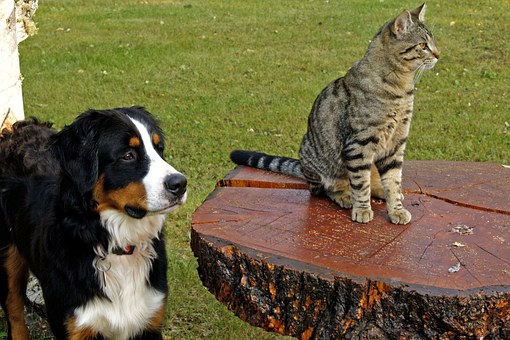For the past century, treatment for urolithiasis in dogs and cats has been the province of the surgeon, but with the advent of new technologies, urolith management is evolving. Several minimally invasive procedures are performed daily in veterinary hospitals around the world. Not all management strategies are suitable for every patient or every situation. The challenge for clinicians is to move beyond traditional surgical care and consider less invasive alternatives. For clients to be properly educated and informed of their options, clinicians must understand these options and their associated indications and risks.
Click here to be directed to the full study in the Journal of veterinary Internal Medicine.


